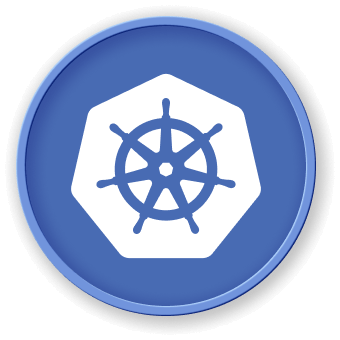Resolving 'Container Exited with Code' Errors
After diagnosing the "container exited with code" error, you can take various steps to resolve the issue. Here are some common approaches:
Troubleshoot Application Issues
If the container's logs indicate an application-level issue, such as unhandled exceptions or resource exhaustion, you may need to address the root cause within the application code. This could involve:
- Reviewing the application's code and configuration to identify and fix any bugs or issues.
- Optimizing resource usage (e.g., memory, CPU) to prevent resource exhaustion.
- Implementing proper error handling and logging mechanisms within the application.
Adjust Container Restart Policy
You can adjust the container's restart policy to control how Kubernetes handles container terminations. For example, if the container is expected to terminate successfully after a specific task, you can set the restart policy to Never. Alternatively, if the container should be restarted upon failure, you can set the restart policy to OnFailure.
To update the restart policy, you can modify the pod or deployment specification and apply the changes:
apiVersion: v1
kind: Pod
metadata:
name: my-pod
spec:
containers:
- name: my-container
image: my-image
restartPolicy: OnFailure
Optimize Resource Requests and Limits
Insufficient resources allocated to a container can lead to "container exited with code" errors. You can try adjusting the resource requests and limits for the container to ensure it has the necessary resources to run successfully.
apiVersion: v1
kind: Pod
metadata:
name: my-pod
spec:
containers:
- name: my-container
image: my-image
resources:
requests:
cpu: 100m
memory: 128Mi
limits:
cpu: 500m
memory: 256Mi
Investigate Kubernetes-level Issues
In some cases, the "container exited with code" error may be caused by Kubernetes-level issues, such as:
- Node Failures: If the node running the container fails, the container will be terminated.
- Scheduler Issues: Problems with the Kubernetes scheduler can prevent containers from being scheduled on appropriate nodes.
- Network Connectivity: Network-related issues, such as DNS resolution problems or load balancer configuration, can cause container termination.
In these cases, you may need to investigate and address the Kubernetes-level issues to resolve the "container exited with code" error.
By applying these troubleshooting and resolution techniques, you can effectively address "container exited with code" errors in your Kubernetes environment and ensure the reliable operation of your containerized applications.


